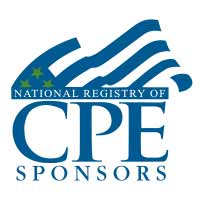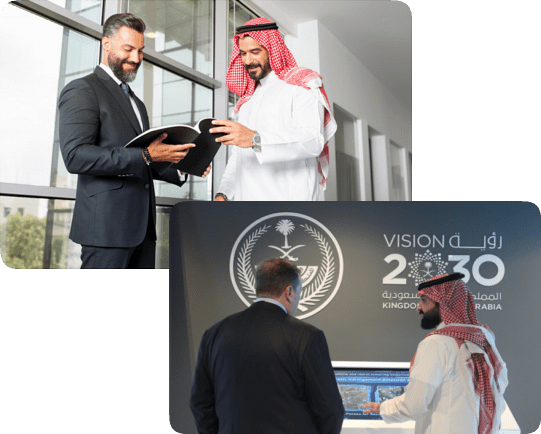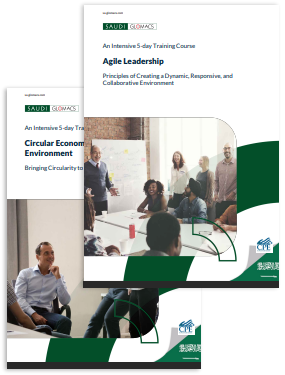An Interactive 5-Day Training Course
Provenance and Diagenetic Studies of Sandstone Reservoirs
Course Overview
This GLOMACS Provenance and Diagenetic Studies of Sandstone Reservoirs training course is aimed at giving oil industry geologists a detailed introduction on provenance, diagenesis and reservoir potential/distribution of sand bodies/sandstone reservoirs.
The training course will thus provide petroleum geologists with conceptual and practical tools (microscopy work) to understand the genetic history of the sandstones, in relationship with petrophysics and paleogeography.
If the provenance of a sediment and transport distance to the basin can be predicted, other relevant physical parameters of the sediment, the reasons of mineralogical vs. textural maturity and climate can be estimated. Emphasis will also be put on sedimentary basin fill processes, diagenesis vs. stratigraphy and QFL composition vs. tectonic settings. A wide range of examples of current oil/gas reservoirs from different basins in the world (e.g. siliciclastic reservoirs from East and West Africa) will be discussed and analysed in detail, in order to build a summarizing database of provenance rock-types useful as analogue data for future exploration studies.
This training course will highlight:
- Laboratory techniques for provenance studies of sandstones reservoirs
- Litho-types vs. provenance and tectonic settings
- Diagenetic paths of sandstones at different QFL composition
- Porosity/permeability evolution of sandstones vs. burial
- Mapping grain size distributions vs. potential source areas
Training Outline
DAY 1: Introduction to Provenance of Sandstone Reservoirs
- Definition, importance of provenance analysis for hydrocarbon exploration; generation, dispersal and diagenesis of siliciclastic detritus, petrographical modal analysis (Gazzi Dickinson method), mineralogy of sandstones from igneous, metamorphic and sedimentary sources, rock composition (texture, classification); heavy minerals studies, textural and mineralogical maturity, maturity index
- Litho-types vs. provenance; grain size analysis and digital image analysis concepts
- Provenance and tectonic settings; depositional markers, provenance and reservoir quality markers
- Definition of matrix and pseudo-matrix & QFL content
- Authigenic components and rock composition (e.g. zeolites from detritus rich in volcaniclastic material, examples from the Kenya Tertiary Rifts)
- Other techniques for provenance studies: cathodoluminescence, qemscan & geochemical analysis
- Analysis of cuttings and core samples, TS descriptions and quantitative data
DAY 2: Diagenesis and Sandstone Composition
- Compaction, silica cementation, carbonate cementation, feldspar authigenesis, clay minerals and zeolite authigenesis
- Rock composition vs. porosity/burial depth, diagenetic paths; Diagenesis and depositional environments. Examples from West Africa reservoirs (e.g. Central Atlantic margins).
- Diagenetic environments & sequences. Diagenetic marine environment, hot & humid/arid non-marine, near surface, eogenetic environment & burial environment
- Concepts of SEM, EDAX and XRD analyses. Structure of clays, description of matrix, chronology of diagenetic events, chemistry of minerals detected through EDX and XRD. Data integration. CL analysis: Concepts of CL analysis, distribution of quartz cement vs. detrital quartz (Al, Li being activators of luminescence). Controls on distribution and timing of cements for exploration and production
- Regional sandstone provenance vs. stratigraphy. Emphasis on single well or multi-well studies, with regional correlations.
DAY 3: Porosity/Reservoir Quality Evolution of Provenance Rock-types
- Porosity types in sandstones: Primary pores (intergranular), secondary pores (secondary intergranular, intragranular>incipient dissolution, moldic pores, natural & artificial fracture porosity, microporosity types
- Porosity estimation and data collection for cuttings and core samples; porosity-permeability plot for kaolinite-illite cemented sandstones, porosity evolution vs. burial depths (Dickinson, 1985). Porosity prediction in frontier basins: Estimating subsurface reservoir quality from outcrop samples.
- Reservoir description; reservoir quality controls for sands under different diagenetic stages;
- Porosity and maturity index trends; effects of sandstone provenance on reservoir quality preservation in deep burial environments
- Porosity enhancement: dissolution processes in sandstones with different QFL composition and cementation phases (e.g. calcite vs. dolomite)
- Trends of porosity destruction from compaction in sandstones with increasing percentages of rock fragments
DAY 4: Practical Session
- Texture of siliciclastic rocks (e.g. grain size analysis), recognizing main detrital components and their link with textural/mineralogical maturity. Visual estimation of minerals (Q,F,L%), ternary plots and working at the microscope with emphasis on rock classification, provenance (e.g. quartzarenites, feldspathic arenites, lithic arenites & wackes), depositional & diagenetic markers
- Determination of authigenic components and matrix of selected sandstones
- SEM/EDX/XRD data interpretation on discrepancies/similarities with TS data in terms of reservoir potential of analysed rocks (e.g. microporosity distribution), cements occluding pores (e.g. carbonates) and effect of authigenic clays on the petrophysics of the rocks (illite, smectite and kaolinite). Examples of CL images with discussion and interpretation of data. Summary of petrography standards for core plug coding and thin section descriptions
- Visual estimation of porosity by TS photomicrographs on core samples. Session at the microscope on determination of porosity. Potential discrepancy of point count porosity vs. CA data.
- Assessment of reservoir quality. Cutting reservoir quality,diagenesis and porosity evolution of quartz-rich vs. feldspar/lithic-rich arenites
DAY 5: Practical session
- Digital Image Analysis software: Grain size analysis and data collection techniques applied to provenance and diagenetic studies of sandstone reservoirs
- Building provenance and diagenetic logs for reservoir intervals of interests. Examples from East and West Africa reservoirs
- Working individually and in groups at the recognition of the main controls on reservoir quality of sandstones from different tectonic settings/sources.
- References on provenance studies for hydrocarbon exploration and material for self-training
Certificates
- On successful completion of this training course, GLOMACS Certificate will be awarded to the delegates
- Continuing Professional Education credits (CPE) : In accordance with the standards of the National Registry of CPE Sponsor, one CPE credit is granted per 50 minutes of attendance
Accreditation


GLOMACS is registered with NASBA as a sponsor of Continuing Professional Education (CPE) on the National Registry of CPE Sponsors. NASBA have final authority on the acceptance of individual courses for CPE credit. Complaints regarding registered sponsors may be submitted to the National Registry of CPE Sponsors through its website: www.learningmarket.org.
All Training Seminars delivered by GLOMACS by default are eligible for CPE Credit.


About Saudi Glomacs
At Saudi GLOMACS, we specialize in delivering world-class training courses in Saudi Arabia and across various international locations. Our training courses are tailored to meet the unique demands of Saudi Vision 2030 and the Human Capability Development Program, focusing on empowering Saudi citizens and enhancing workforce skills. We offer diverse courses spanning leadership, management, engineering, and technical disciplines to cultivate expertise and drive professional growth. Our flexible learning options—whether in-person, online, or in-house—ensure accessibility and convenience for individuals and organizations alike.
With over 30+ years of experience through the GLOMACS global network, we are committed to delivering innovative, results-driven training solutions. Our expert instructors combine industry knowledge with dynamic teaching methods, fostering practical skill development and long-term career success. By choosing Saudi GLOMACS, you're investing in personal excellence and contributing to the Kingdom’s sustainable economic growth and vision-driven transformation.
What do you need to learn next?
Check our list of courses or let us customize a course for you.
View courses


